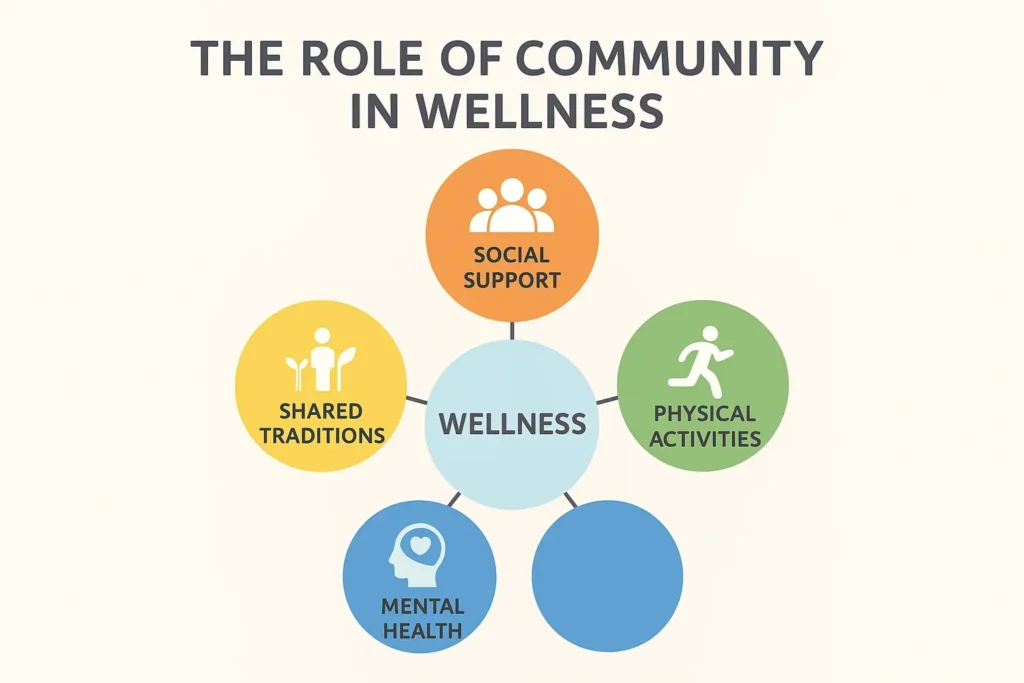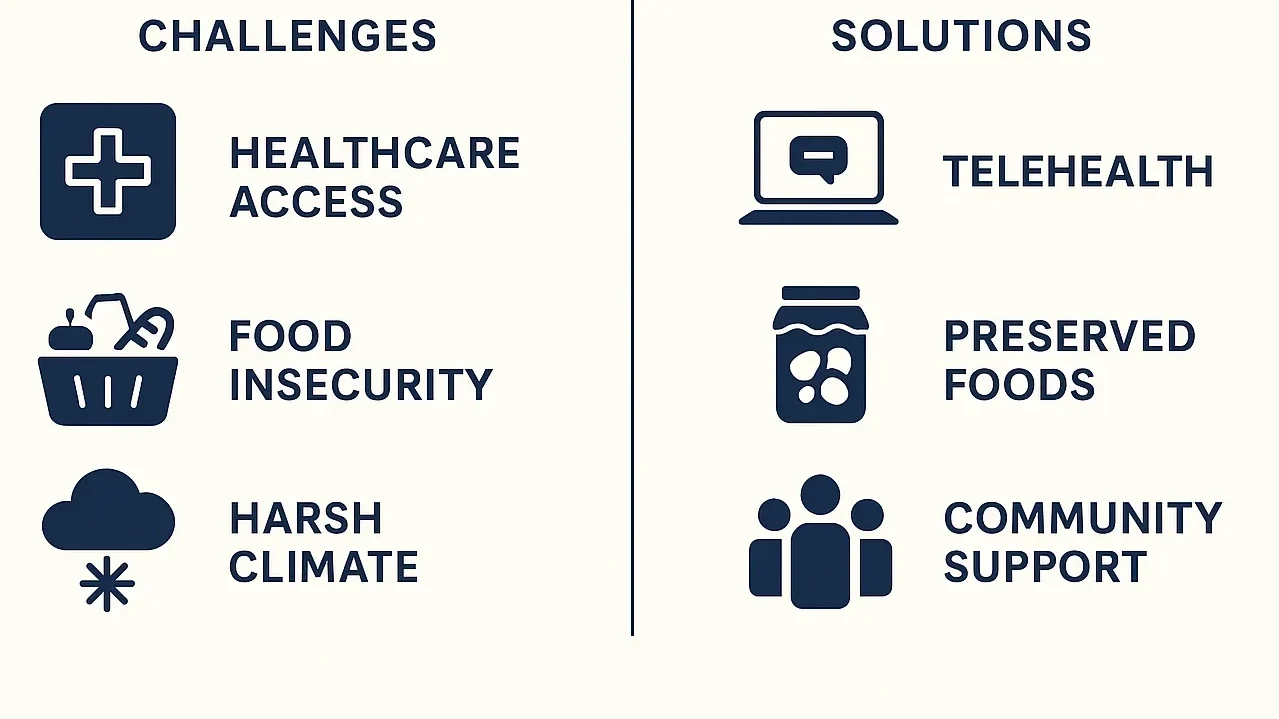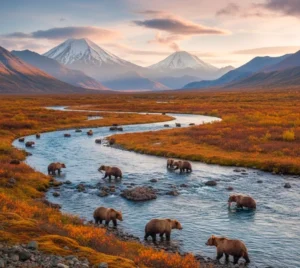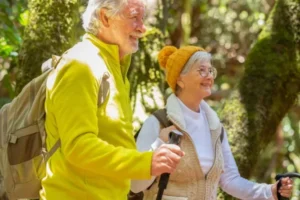Disclaimer: This article is for informational purposes only and does not constitute medical advice. Always consult a qualified health professional before making changes to your diet, exercise, or wellness routine.
Wellness has become a global conversation, spreading from the yoga studios of Los Angeles to cafés in Paris and markets in Seoul. For many, that conversation begins with internal shifts, such as practices as simple as mindful meditation or lifestyle adjustments, like a metabolic reset formula designed to bring the body back into balance.
Yet wellness isn’t one-size-fits-all. In traditional or remote places, wellness must adapt to the environment, culture, and community resources.
How can modern wellness ideas work in places where traditions, geography, and community needs look very different from urban centers? The answer lies in blending the best of both worlds: embracing modern science while honoring the cultural wisdom that has supported communities for generations.
Nutrition Rooted in Place

Food is the foundation of health, and in traditional places, it often carries deep cultural meaning. In Alaska, for example, traditional diets rich in fish, wild game, and foraged plants provided not only calories but also critical nutrients to thrive in cold climates. These foods supported endurance, immunity, and resilience.
Modern wellness culture often highlights similar themes, such as whole foods, omega-3 fatty acids, and antioxidants. The overlap is clear: traditional diets were already nutrient-dense and functional, long before “superfoods” became a buzzword. The challenge is access. Supply chains in remote regions can make it easier to find processed imports than local, nutrient-rich foods. Supporting community gardens, local fisheries, and traditional harvesting helps bridge this gap.
Nutritional education can also adapt. Instead of pushing fad diets, communities benefit more from messages that integrate familiar foods. For example, promoting heart health through salmon consumption resonates more in coastal Alaska than recommending exotic fruits shipped from thousands of miles away.
Activity Shaped by Environment
Physical activity is another pillar of wellness, but gyms and boutique fitness studios aren’t always accessible in traditional or rural places. Here, wellness is often linked to the environment itself. Activities like fishing, hunting, farming, or wood chopping aren’t just cultural practices; they are forms of functional movement that keep bodies strong.
Modern wellness movements increasingly echo this perspective. High-intensity interval training (HIIT) is, at its core, bursts of effort followed by recovery, not so different from hauling nets or hiking in challenging terrain. Walking, a cornerstone of many health programs, aligns with the daily routines of communities where cars are scarce and trails are common.
The takeaway? Wellness messaging should validate these natural forms of movement rather than dismiss them. When cultural activities are recognized as legitimate wellness practices, they strengthen both physical health and community pride.
The Role of Community in Wellness

One of the most powerful aspects of wellness in traditional places is community. In smaller towns or villages, health is often collective rather than individual. Elders pass down knowledge about food and activity, children grow up in shared spaces, and health care is frequently community-organized.
This collective model is increasingly validated by modern research. According to the U.S. Centers for Disease Control and Prevention (CDC), strong social connections improve mental health, reduce the risk of chronic illness, and extend lifespan. Community traditions, whether shared meals, dance, or seasonal festivals, serve as built-in wellness practices that urban wellness cultures sometimes try to replicate through retreats or group classes.
Blending modern wellness with these traditions means designing programs that center around community. For example, initiatives that teach cooking skills, share gardening techniques, or create walking groups succeed because they build on collective culture rather than isolating individuals.
Bridging Tradition and Science
One challenge in bringing modern wellness ideas into traditional settings is verbiage. Scientific terms can feel foreign, while conventional practices may seem “outdated” to outsiders. But in truth, both have value.
Take the idea of circadian rhythms. Modern wellness highlights sleep hygiene, blue-light reduction, and natural lighting to support the body’s internal clock. In traditional communities, daily life already followed natural rhythms tied to light, seasons, and the environment. Recognizing these overlaps creates common ground.
Similarly, while modern science validates omega-3s as essential for heart health, traditional diets already emphasized fish as a staple. The bridge is transparent: science confirms what cultural practices. Respecting this knowledge exchange is key to wellness, which feels authentic rather than imposed.
Challenges Unique to Traditional Places

That said, unique obstacles remain. Limited access to health care, seasonal food insecurity, and harsh climates can make wellness difficult. Wellness advice written for metropolitan readers doesn’t always translate.
For example, suggesting year-round farmers’ markets doesn’t make sense in a region with long winters. Similarly, promoting outdoor exercise must account for safety in extreme weather or wildlife-rich areas. Wellness content that ignores these realities risks alienating the very people it hopes to support.
The solution is context. Programs that adapt, such as offering frozen or preserved produce as healthy options during off-seasons or promoting indoor group exercise in schools or community halls, reflect respect for local circumstances.
A Modern Wellness Philosophy for Traditional Places
Ultimately, wellness in traditional or remote places thrives when it blends three elements:
- Nutrition rooted in local foods and traditions.
- Activity tied to environment and lifestyle.
- Community is the foundation of resilience.
Modern wellness trends, whether it’s mindfulness, functional fitness, or even metabolic approaches, can be layered onto this base. But they work best when integrated with cultural wisdom, not when they replace it.
Wellness isn’t only about products or programs. It’s the interaction of body, culture, and place. In traditional communities, that interaction is often more visible and more powerful. By valuing local food, honoring natural movement, and strengthening community bonds, wellness can evolve into something both modern and deeply rooted.
For readers in traditional places, the message is simple: you don’t need to adopt every new trend to be healthy. You already have powerful wellness tools in your culture and environment. Blending them with accessible modern practices creates a path that is both practical and sustainable, a wellness philosophy that truly fits the place you call home.












